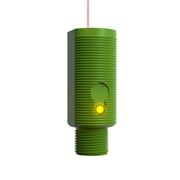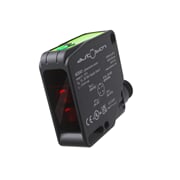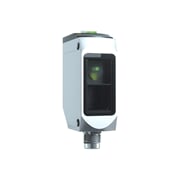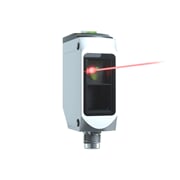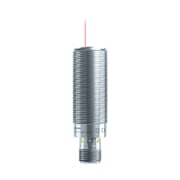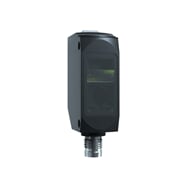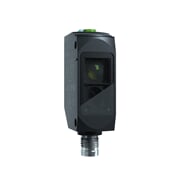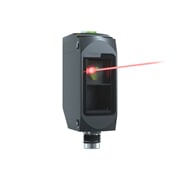Through beam sensors
With through beam sensors, the transmitter and receiver are in two separate devices positioned directly opposite each other. The transmitter continuously sends light to the receiver. The receiver switches as soon as the light beam is disconnected by an object. Through beam sensors are more resistant to malfunctioning and offer very high ranges. Read more here
 Cloud compatible
Cloud compatible 50+ in stock!
Online -5,5 %
59.81 €
56.52 €
 Cloud compatible
Cloud compatible 31 in stock!
Online -5,5 %
94.86 €
89.64 €
 Cloud compatible
Cloud compatible 38 in stock!
Online -5,5 %
59.81 €
56.52 €
Through beam sensors: How they work
With through beam sensors, the transmitter and receiver are located in two separate devices which are positioned directly opposite each other. The transmitter continuously sends light to the receiver. The receiver switches as soon as the light beam is disconnected by an object.
Properties of through beam sensors
- Large range as the light goes directly from the transmitter to the receiver and is not reflected, i.e. the light has to travel the path in one direction only.
- Transmitter and receiver (2 devices) have to be installed and aligned. Exact installation is the precondition for safe and reliable operation.
- Great range
- Great excess gain
- Safe detection of opaque and reflecting objects
Through beam sensor: Advantages and disadvantages
Through beam sensors are less susceptible to problems than the ones using other measuring principles because the light travels the path in one direction only. This is why ambient influences such as dust and extraneous light can be compensated particularly well and great ranges up to 20 m can be implemented. Transmitter and receiver have to be aligned during installation and require a separate voltage supply each. Installation is therefore slightly more elaborate compared with the other optical systems.





